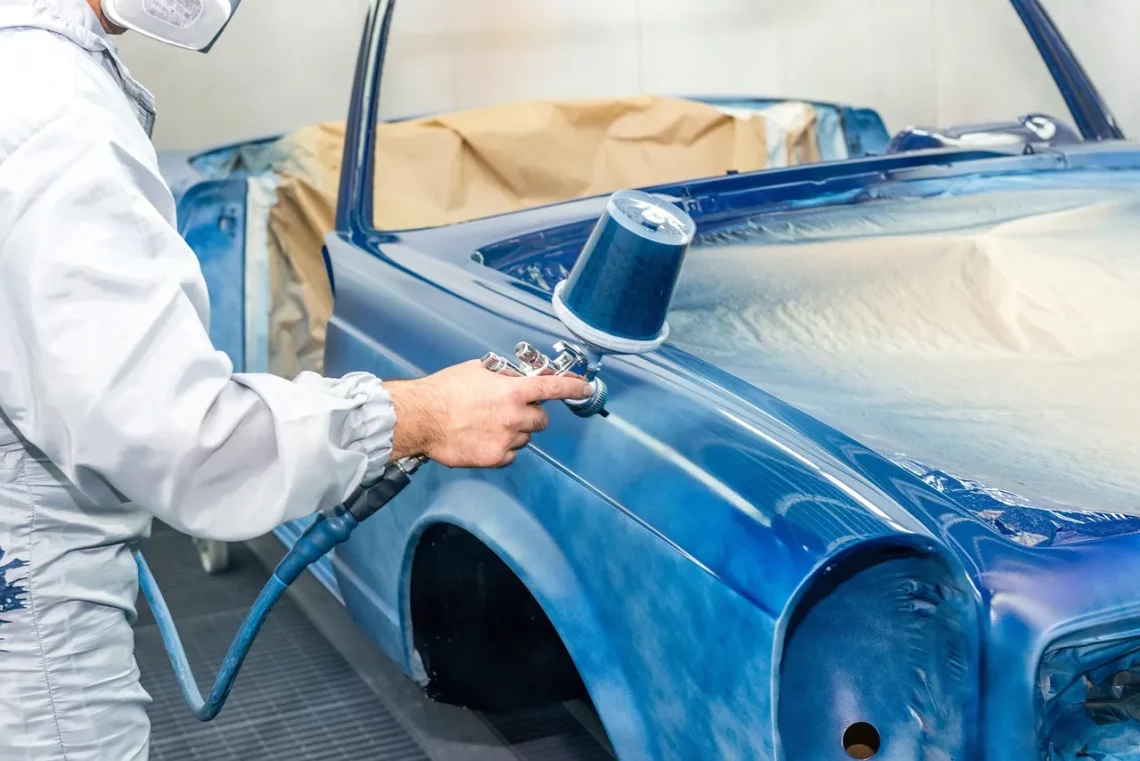
Effective Spray Solutions to Prevent Dogs from Urinating Indoors
Dealing with indoor urination in dogs can be a frustrating experience for pet owners. It’s a common issue that can arise for various reasons, including behavioral problems, lack of training, or even medical conditions. As loving pet parents, it’s essential to understand the underlying causes of this behavior to effectively address it. Indoor urination not only creates an unpleasant environment but can also lead to a significant strain on the bond between dogs and their owners.
Many pet owners have tried numerous methods to curb this undesirable behavior, often resorting to punitive measures or ineffective solutions. However, understanding your dog’s needs and utilizing positive reinforcement can lead to more effective outcomes. This is where effective spray solutions come into play. These sprays can be used to deter dogs from urinating in specific areas of the home while providing an alternative behavioral solution. By combining training with the right products, you can create a harmonious living space for both you and your dog.
Let’s explore some effective strategies and solutions that can help mitigate this challenge, ensuring a cleaner and more comfortable home environment for everyone.
Understanding the Causes of Indoor Urination
Before implementing any solutions, it’s vital to understand the reasons behind your dog’s indoor urination. Various factors contribute to this behavior, and recognizing them can help guide your approach.
One primary cause is lack of proper house training. Puppies, in particular, may not fully grasp where they are supposed to relieve themselves. Even adult dogs can regress if they have not been consistently trained or if there have been changes in their environment, such as moving to a new home or changes in their routine.
Another significant factor could be anxiety. Dogs can experience stress from various sources, including loud noises, changes in their owner’s schedule, or the introduction of new pets or family members. When a dog feels anxious, it may resort to urinating indoors as a coping mechanism.
Medical issues can also play a role in this behavior. Conditions such as urinary tract infections, bladder stones, or diabetes can lead to increased urination. If a dog is urinating more frequently than usual, it’s essential to consult a veterinarian to rule out any underlying health problems.
Lastly, marking territory is a natural instinct for dogs. If a dog feels that its territory is being threatened, it may urinate indoors to assert dominance. This is especially common in multi-pet households.
Understanding these causes is crucial for selecting the right approach to prevent indoor urination effectively.
Choosing the Right Spray Solutions
Spray solutions designed to prevent dogs from urinating indoors come in various formulations and can be effective tools in managing this behavior. When selecting a spray, consider its ingredients and purpose.
Repellents are one common type of spray. These products are often made with natural ingredients that deter dogs from specific areas. They usually have a scent that is unappealing to dogs but pleasant for humans. For example, citrus-based sprays can be effective since many dogs dislike the smell of citrus. Apply these sprays to areas where your dog frequently urinates, and reapply as necessary to maintain their effectiveness.
Another type of spray is the training aid spray. These products are designed to encourage dogs to urinate in designated areas, like outside or on puppy pads. When your dog successfully uses the appropriate area after being guided by a training spray, it helps reinforce positive behavior.
Additionally, consider using enzymatic cleaners in conjunction with sprays. These cleaners break down the odor-causing substances in urine, which can help eliminate residual smells that may encourage your dog to urinate in the same spot again.
When using any spray solution, it’s essential to follow the manufacturer’s instructions carefully. Test the spray on a small area first to ensure it does not damage your surfaces.
Remember, while sprays can be effective, they should ideally be used alongside training and behavioral adjustments for the best results.
Implementing Positive Reinforcement Techniques
While spray solutions can be beneficial, they should be part of a broader strategy that includes positive reinforcement techniques. Encouraging desired behaviors through rewards is one of the most effective training methods.
Start by establishing a consistent schedule for bathroom breaks. Take your dog outside regularly, especially after meals, play sessions, or naps. When your dog successfully urinates outdoors, immediately reward them with praise, treats, or playtime. This positive reinforcement helps your dog associate going outside with good experiences.
You can also use a command, like “go potty,” to signal to your dog when it’s time to relieve itself. Consistently using the same command helps your dog understand what is expected. Over time, your dog will learn to associate the command with the action of going outside.
In cases where your dog has already urinated indoors, avoid punishment. Punishment can lead to fear and anxiety, which may worsen the problem. Instead, clean the area thoroughly to eliminate odors that might attract your dog back to the same spot.
Additionally, if your dog is marking territory, consider spaying or neutering them. This can reduce the likelihood of marking behavior.
Finally, be patient. Changing a dog’s behavior takes time and consistency. With the right combination of spray solutions and positive reinforcement, you can effectively manage indoor urination and foster a more harmonious relationship with your furry friend.
Creating a Comfortable Environment
Aside from sprays and training techniques, creating a comfortable environment for your dog can significantly reduce indoor urination incidents. Dogs thrive in stable and secure environments, and making adjustments can help alleviate their anxiety.
First, ensure your dog has a designated space for relaxation. This could be a cozy bed or a crate that is their safe haven. Dogs often feel more secure when they have a specific area to retreat to, especially when they are feeling stressed.
Consider the layout of your home as well. If your dog is prone to accidents in certain areas, such as near windows or doors where they see or hear activity outside, try to limit their access to those spaces. Use baby gates or other barriers to create a controlled environment, particularly during times of high activity.
Additionally, incorporate regular exercise into your dog’s routine. Physical activity is crucial for your dog’s mental and emotional well-being. Regular walks, playtime, and engaging activities can help reduce anxiety and boredom, both of which can lead to indoor urination.
Lastly, maintain a consistent routine. Dogs feel more secure when they know what to expect. Set regular feeding times, bathroom breaks, and play sessions. This predictability can significantly reduce anxiety and help your dog feel more at ease in its environment.
In conclusion, while indoor urination can be a challenging behavior to manage, effective spray solutions, combined with understanding, training, and a supportive environment, can lead to positive outcomes for both you and your dog.
**Note:** This article is not intended as medical advice. If you suspect your dog has a health issue, please consult a veterinarian for professional advice.




